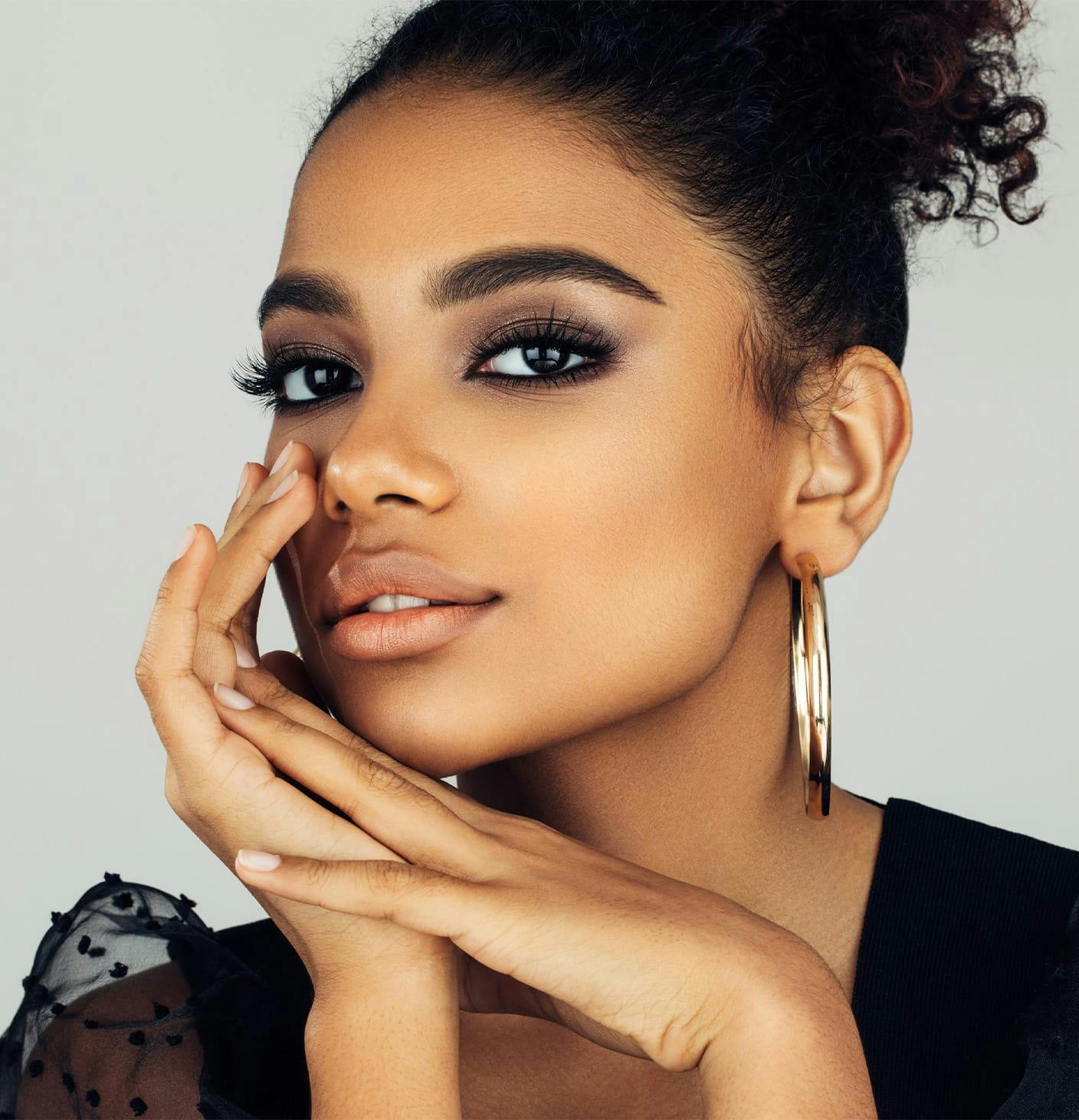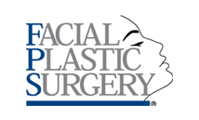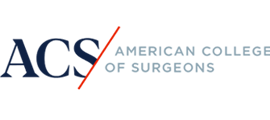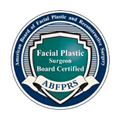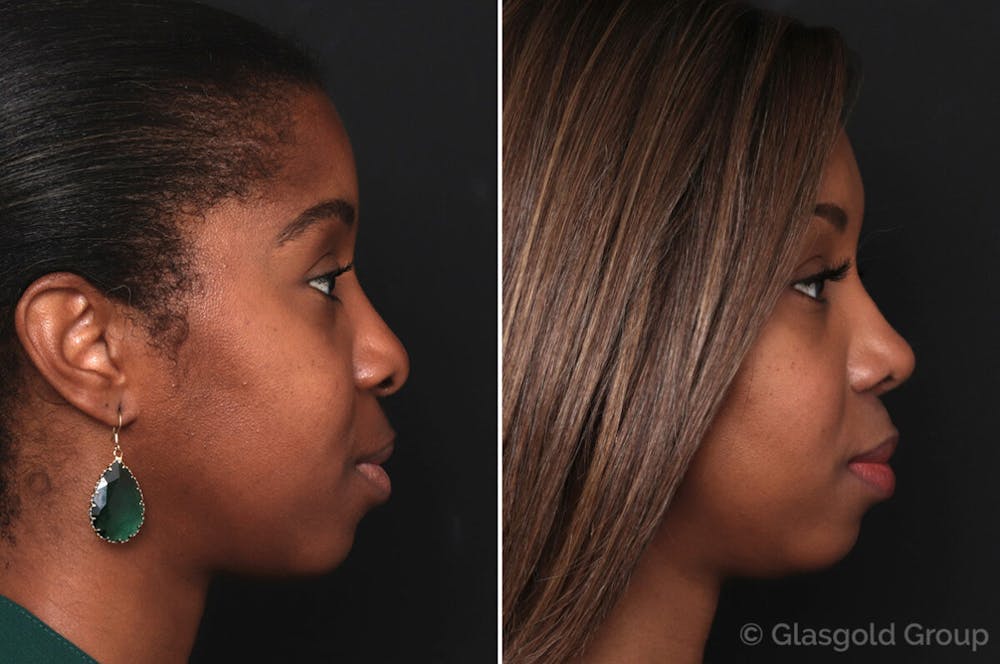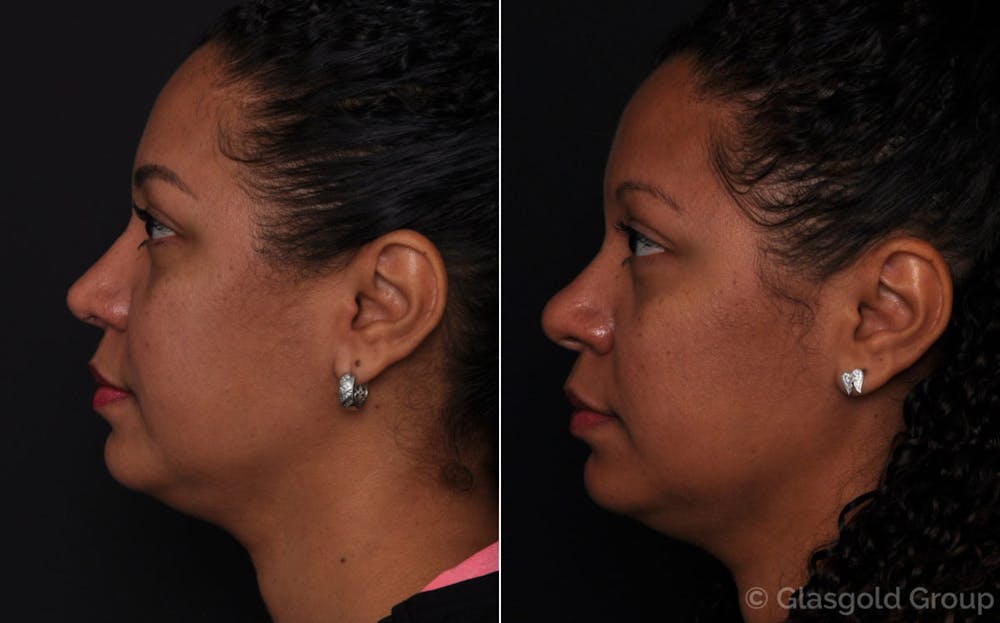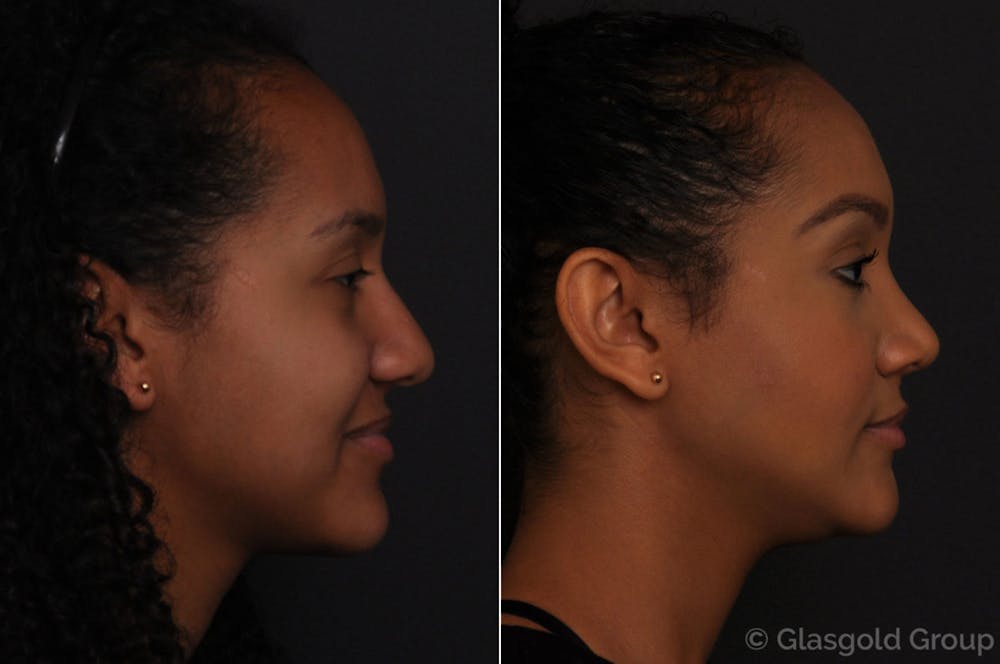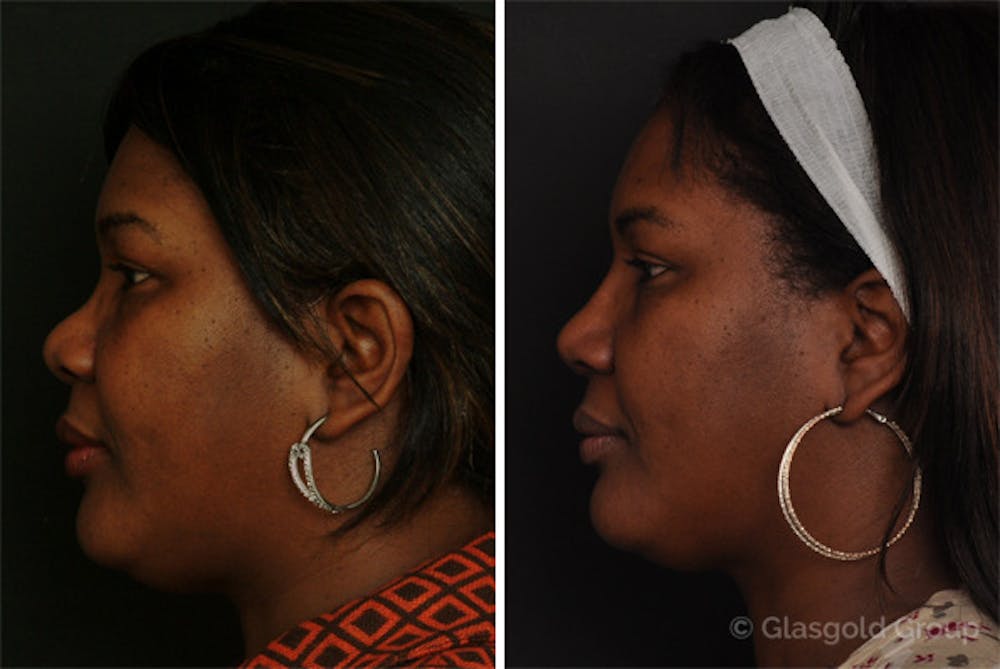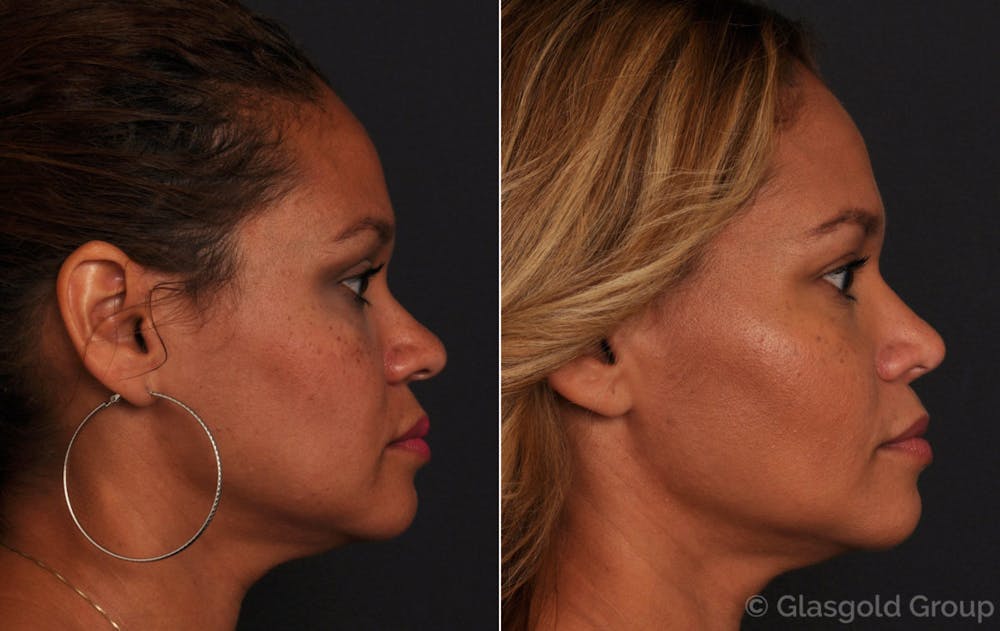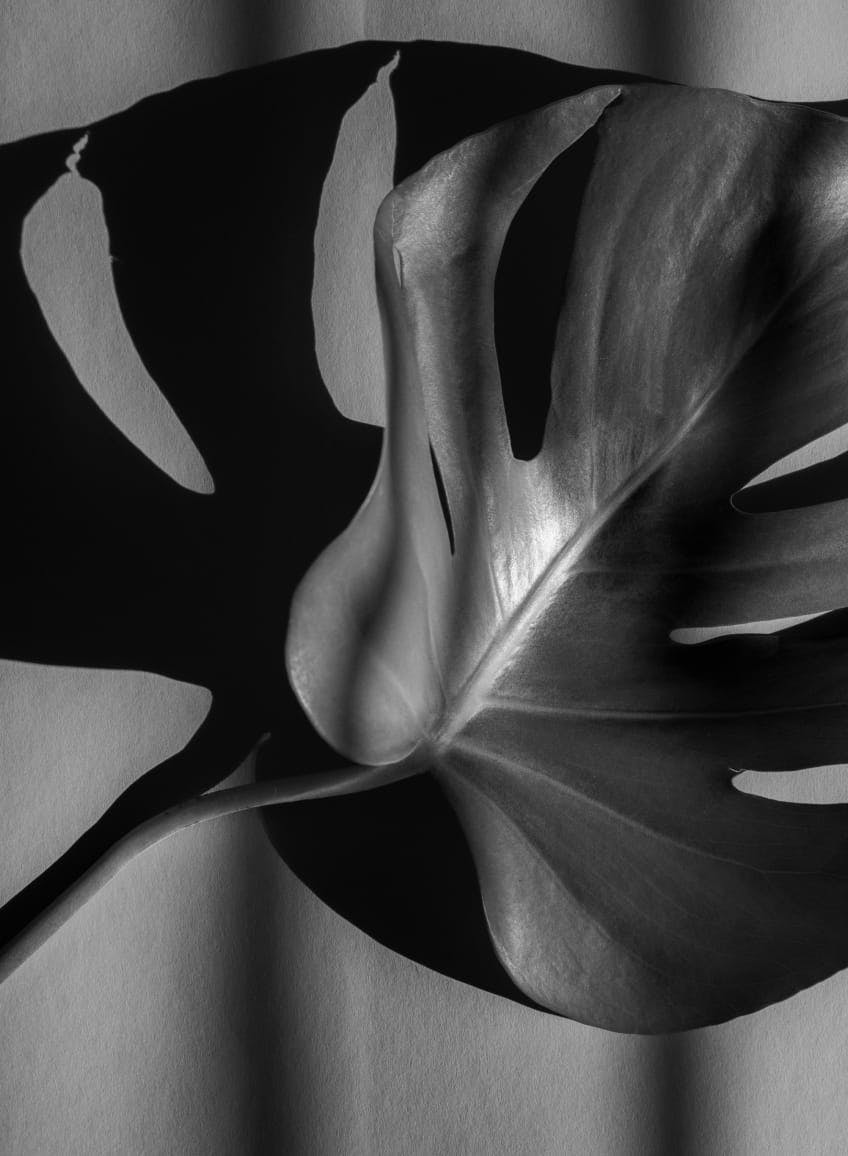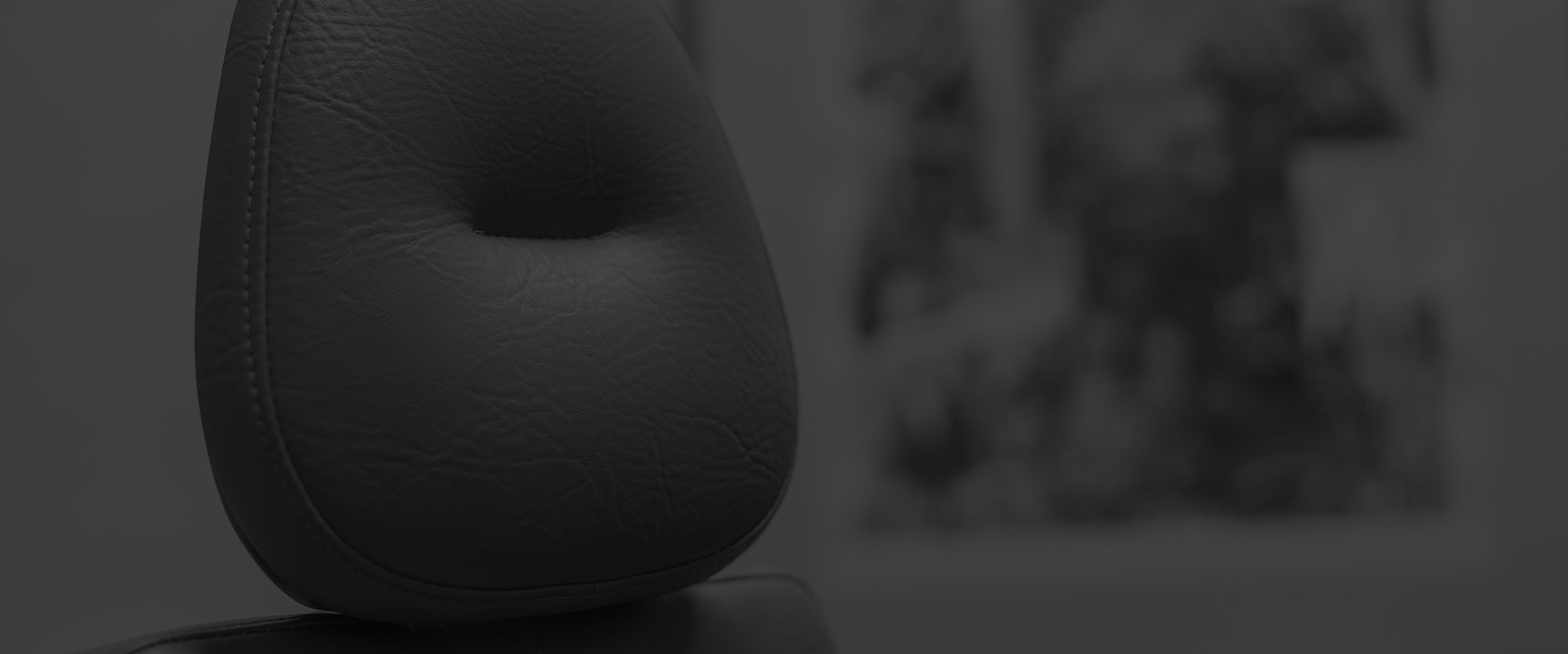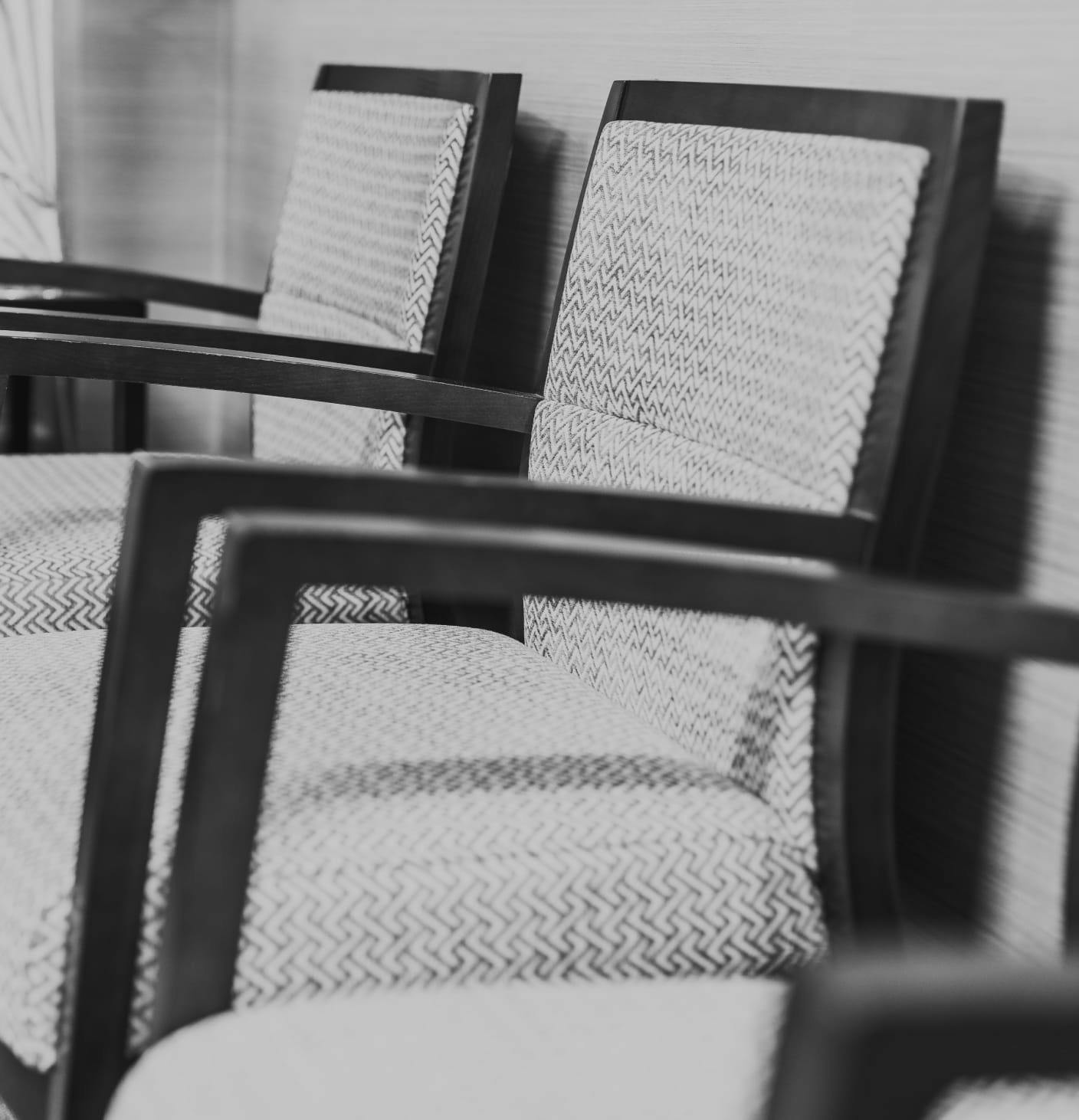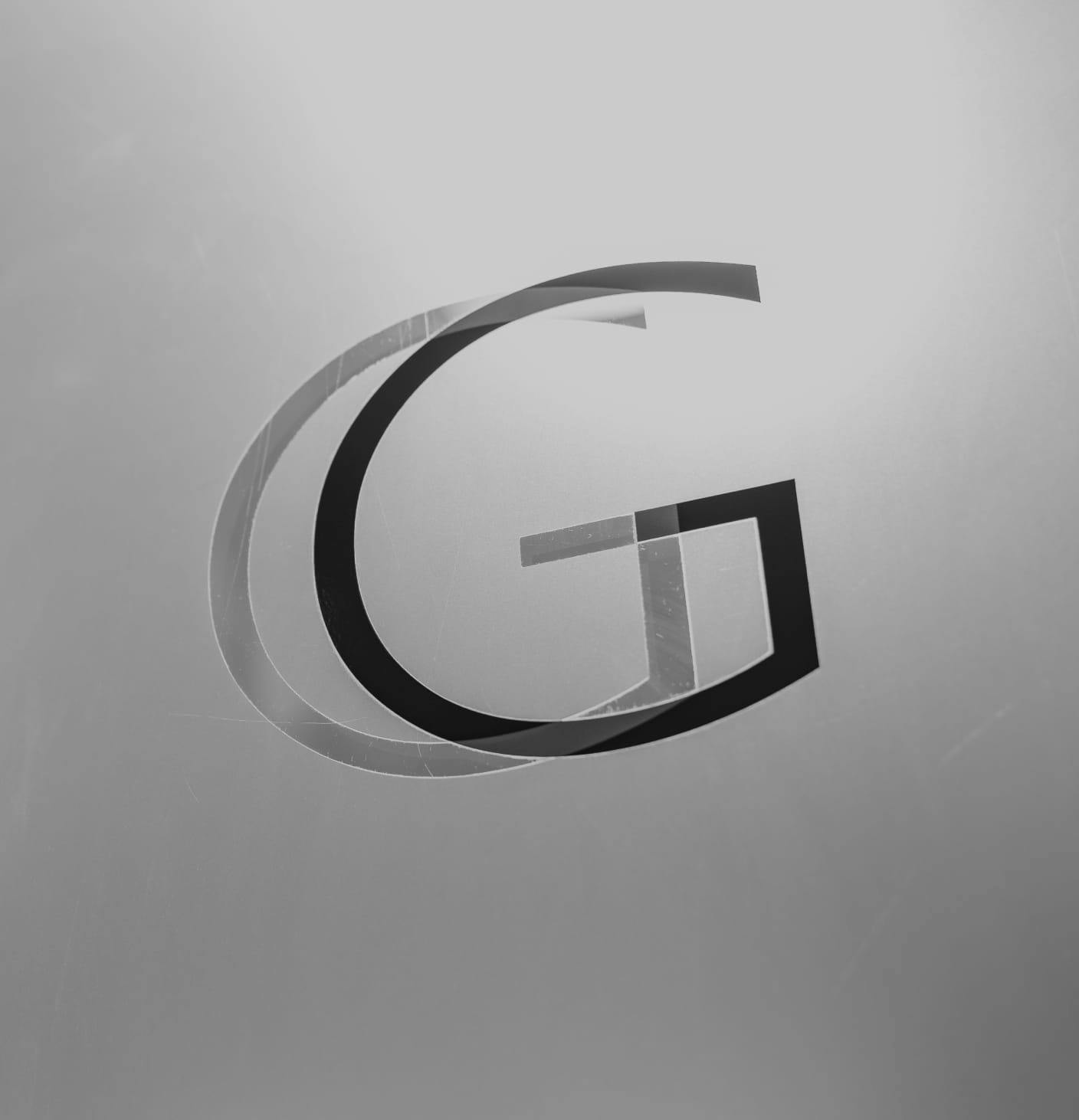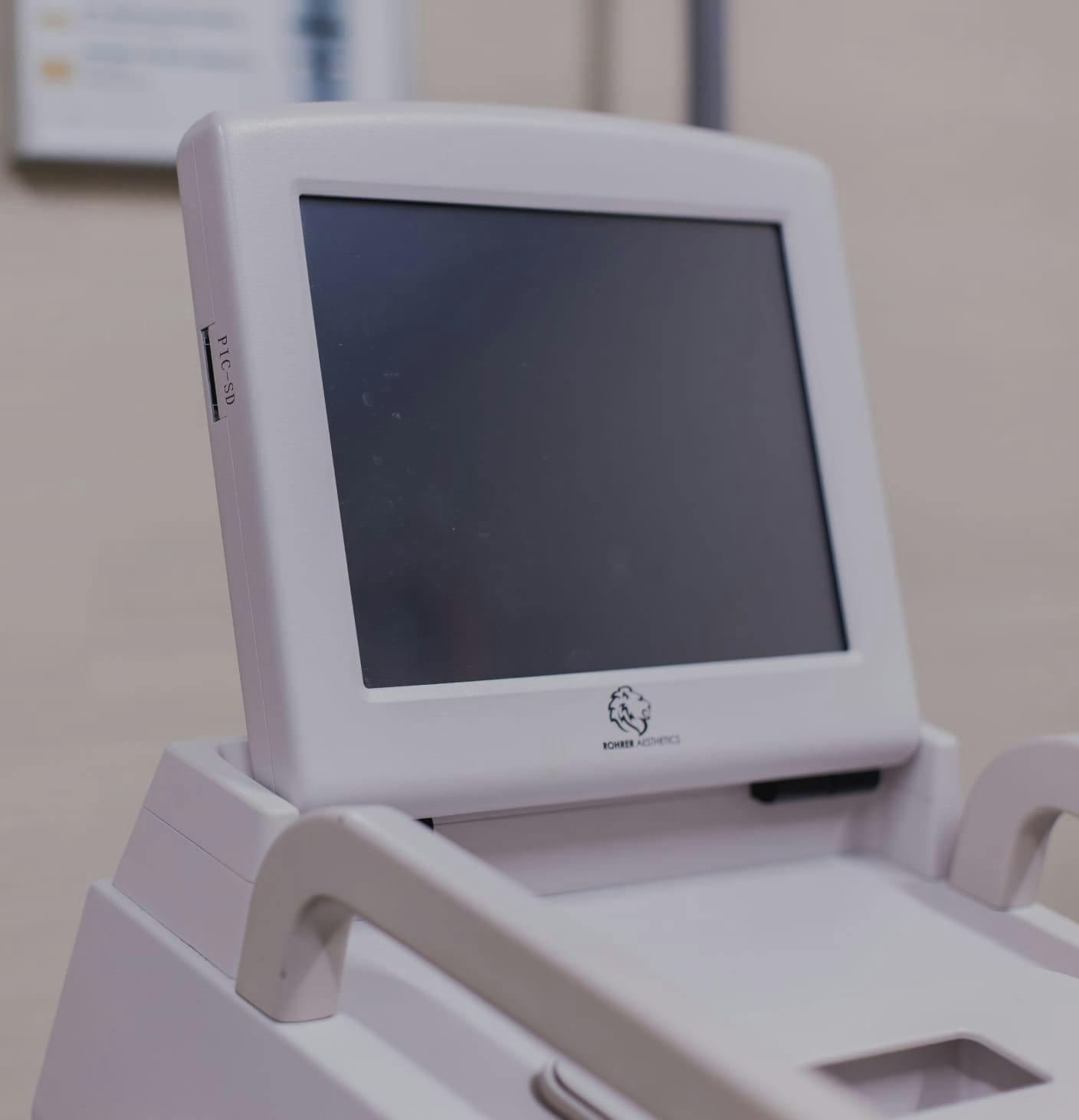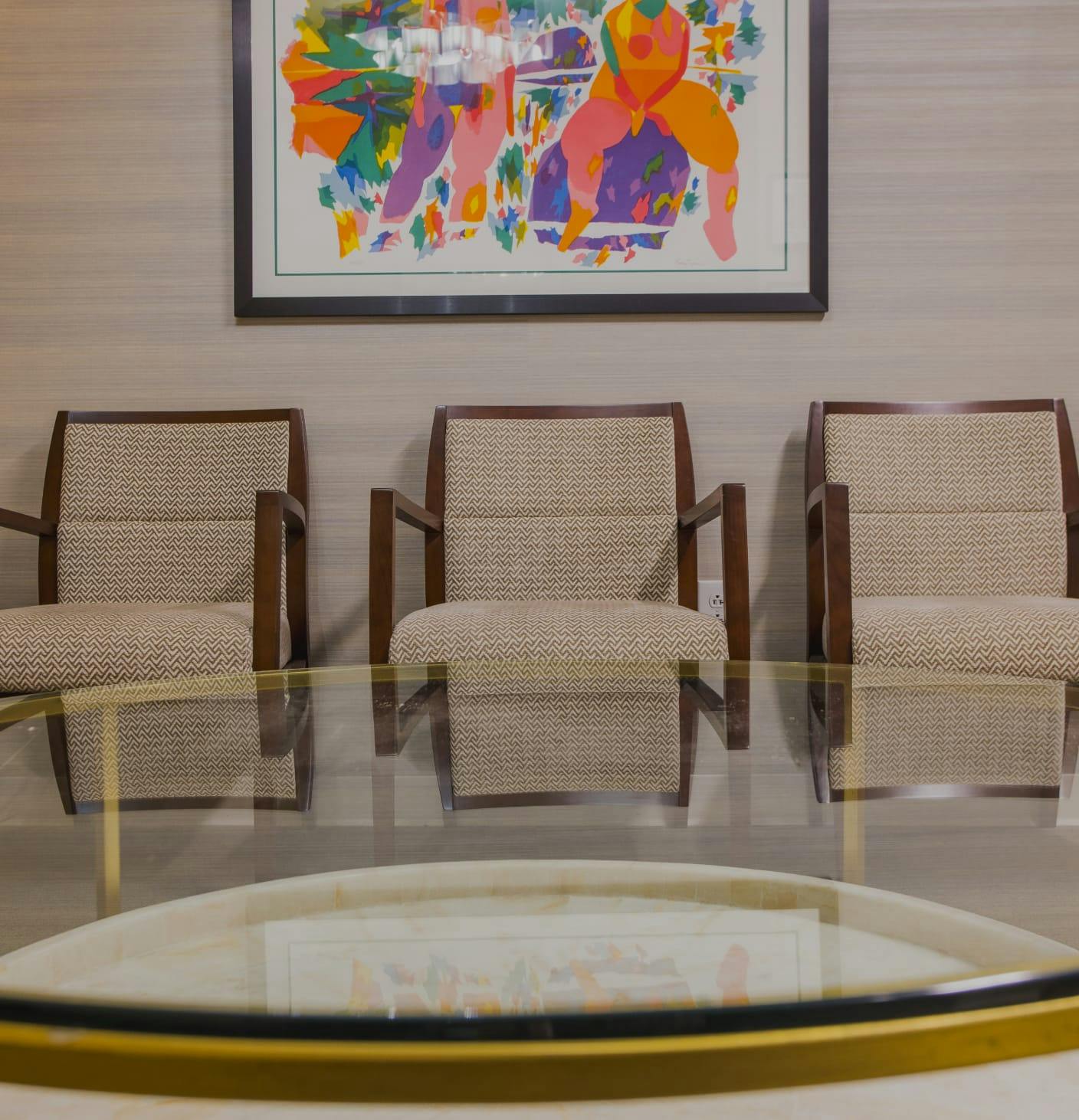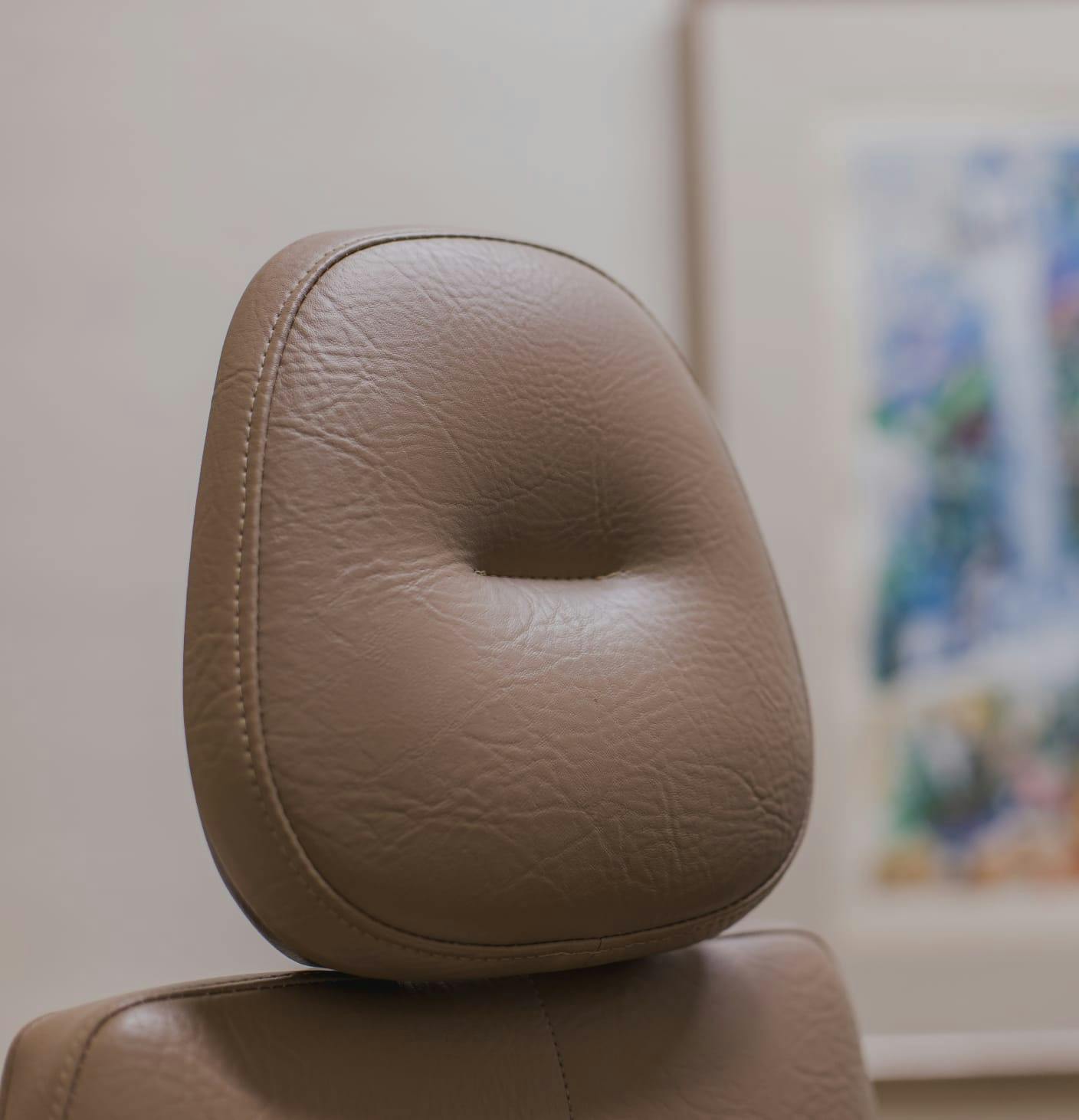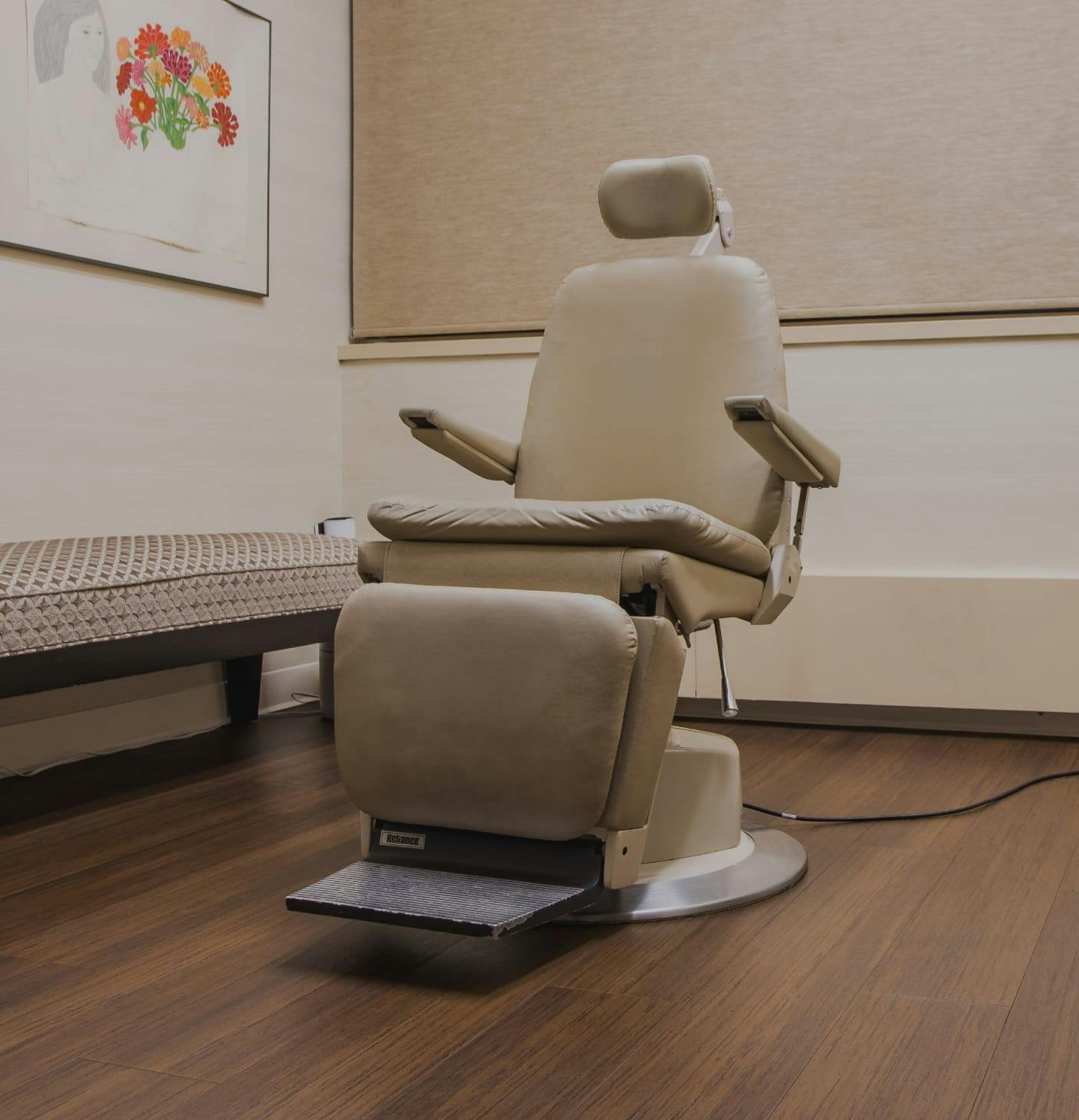Rediscover confidence in your heritage with ethnic rhinoplasty at Glasgold Group Plastic Surgery in Princeton, NJ. Our skilled surgeons delicately refine your nose, enhancing your natural beauty while respecting your unique ethnic identity for a balanced, harmonious appearance.
Your Dream Nose
Ethnic rhinoplasty is a customizable procedure that is performed to improve the appearance of the nose in people with a range of ethnic backgrounds. Since traditional rhinoplasty procedures typically do not work well for non-Caucasian patients, ethnic rhinoplasty is the best alternative.
An ethnic rhinoplasty procedure allows patients to have their surgery tailored for a natural look. At Glasgold Group in Princeton, New Jersey, we assist patients of all ethnicities in creating the nose of their dreams.




